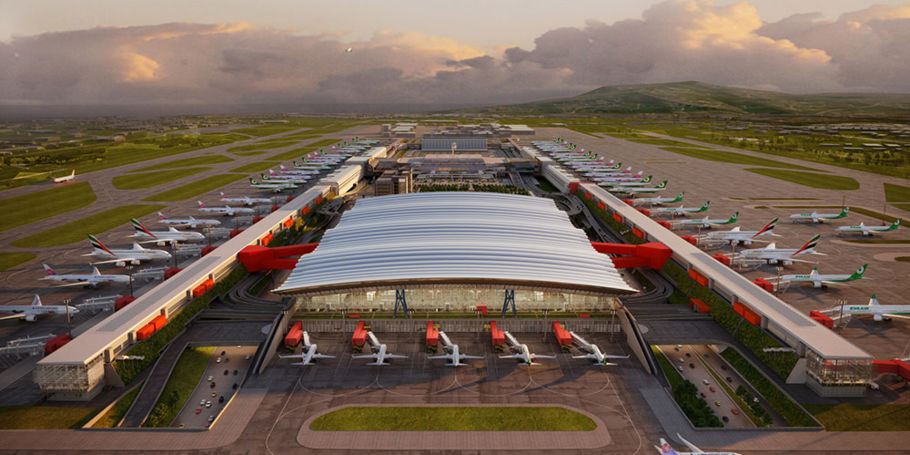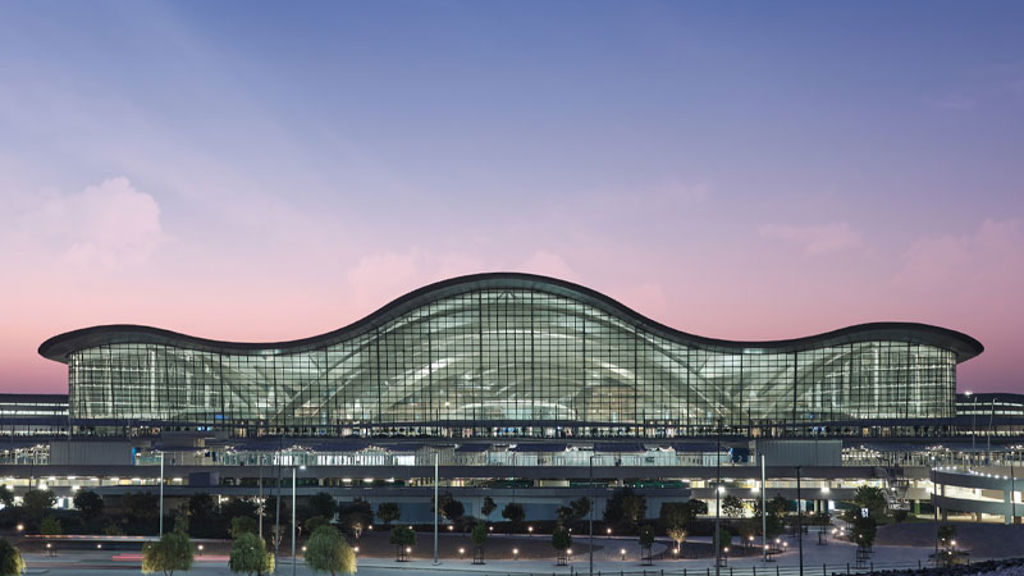The airport in Istanbul is at risk of large earthquakes, due to its position close to the North Anatolian Fault, which runs for 1,500km between the African and Eurasian tectonic plates. This made design for a large, critical piece of infrastructure complicated to say the least. Arup’s designers and seismic experts were employed to create a design for a new airport terminal that could withstand an earthquake of magnitudes 7.5-8.0 on the Richter scale.
Arup provided structural, seismic and infrastructural engineering design services as well as airport planning consultancy. The seismic engineering was key: we designed the terminal with 300 isolators to reduce lateral earthquake loads by 80%, and conducted exhaustive testing. Arup also worked on airfield lighting, a visual docking guidance system, aircraft fuel hydrants and baggage handling systems.
The new terminal, at over 40,000m2, is the largest seismically isolated structure built to date. Arup’s testing proved it able to withstand 14 different earthquake scenarios and an amount of movement that surpassed even our own expectations.
The project was delivered successfully by engineers from our Istanbul and Los Angeles offices, who worked together to design and deliver the project in just 18 months – record time for a project of such scale.








